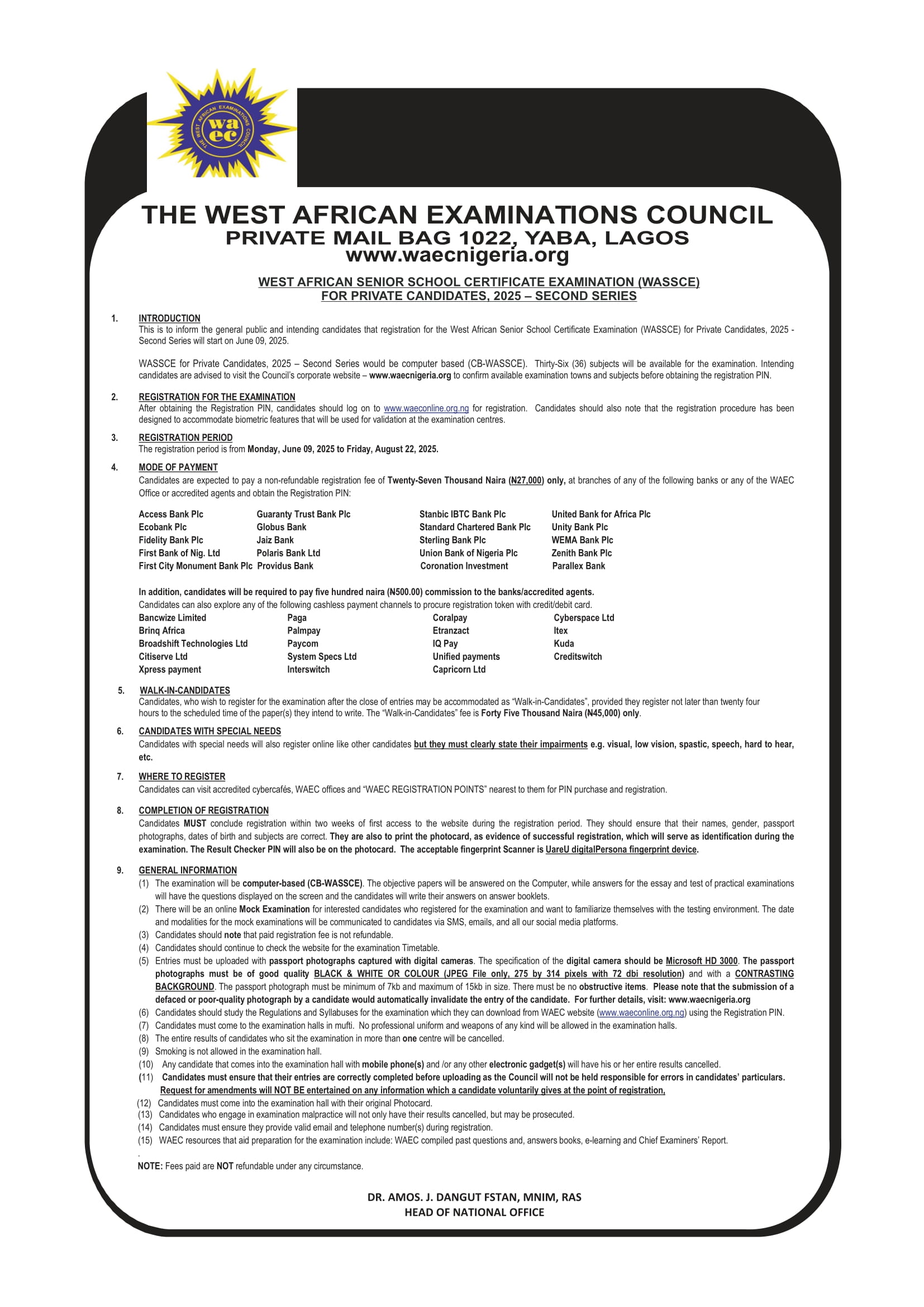
Oil
Oil Closes the Month on a Strong Note

The recent rally in oil prices is pushing the benchmarks towards a quarter of gains thanks to the OPEC+ output cuts.
The oil markets are increasingly putting their trust into OPEC+ production cuts to remain in place throughout this year, a feat which combined with an improving macroeconomic outlook could bring $90 per barrel sooner than assumed. A better-than-expected Q4 for US GDP will most probably consolidate market expectations around a June interest rate cut, leaving behind the demand woes of early 2024. ICE Brent is set to close the week around the $87 per barrel mark, whilst WTI is trading around $83 per barrel.
The indefinite closure of the Port of Baltimore after the Francis Scott Key bridge collapsed this week will impact US thermal coal exports as Baltimore accounted for 28% of all seaborne outflows, affecting key shippers Arch Resources, Consol and Javelin.
The latest round of strategic petroleum stock replenishments in the US, totalling 2.8 million barrels in September, has seen the average price hit $81.32 per barrel, above the $79 per barrel threshold that the White House mandated for refilling crude SPRs.
Iran agreed on an extension of a gas supply deal with Iraq for another five years, with Tehran sending up to 50 million cubic meters per day, accounting for approximately one-third of Iraq’s electricity generation in the peak-demand summer months.
Libya’s oil minister Mohamed Aoun was replaced within hours of his suspension with a replacement named from within the board of the state oil firm NOC, with Libya’s Tripoli government seeking to greenlight several multi-billion projects that he blocked.
After China’s lithium giant Tianqi Lithium (SHE:002466), holding 20% in Chile’s SQM (NYSE:SQM), raised concerns over transparency in the Chilean company’s relationship with copper producer Codelco, the spat escalated to a governmental level with Chile’s Energy Ministry calling for a peaceful resolution.
UK offshore oil producer Ithaca Energy (LON:ITH), the majority owner of the controversial Cambo heavy oil project, is reportedly in talks with Italian major ENI (BIT:ENI) in a deal that would see Ithaca gain 40-45,000 b/d of producing assets whilst ENI would get a 38-39% stake in Ithaca.
In its sixth round of targeted Iran sanctions, the US Department of Treasury sanctioned Sa’id al-Jamal, a Houthi-linked network of companies that allegedly moves Iranian commodities through forged documents, as well as the Panama-flagged tanker Dawn II.
Representatives of Nigeria’s oil regulator NUPRC have met with the African country’s crude producers as their commitments to supply Nigerian crude to domestic refineries have been disappointing, with oil firms bemoaning the lack of payment guarantees.
Bloomberg reports that over 3.7 million barrels of Russian diesel has been idling in waters near the Brazilian coast, underscoring the growing bottlenecks in Russian energy deliveries as at least two tankers belong to sanctioned shipper Sovcomflot.
Crude production of Mexico’s state oil company Pemex fell to its lowest monthly level in 45 years this February, pumping 1.55 million b/d of oil, with the world’s most indebted firm coming well below the government-set output target of 1.9 million b/d.
Kenya will allow landlocked Uganda to import oil products through its port of Mombasa, ending a longstanding dispute between the two neighbours, as Uganda’s government handed over exclusive oil product supply rights to global trading firm Vitol.
Senegal’s newly elected President Bassirou Faye intends to revisit the contractual terms offered to oil companies BP (NYSE:BP), Kosmos Energy (NYSE:KOS) and Woodside Energy (ASX:WDS), making good on his pre-election pledge to increase the state’s ownership of the Grand Tortue and Sangomar projects.
Vietnam will be ramping up LNG imports after the July 2023 commissioning of its Thi Vai LNG import terminal, signing its first ever LNG supply deal with Qatar for an April-delivery cargo as the South Asian country’s power demand is expected to grow 10-12% per year.
About The Author

